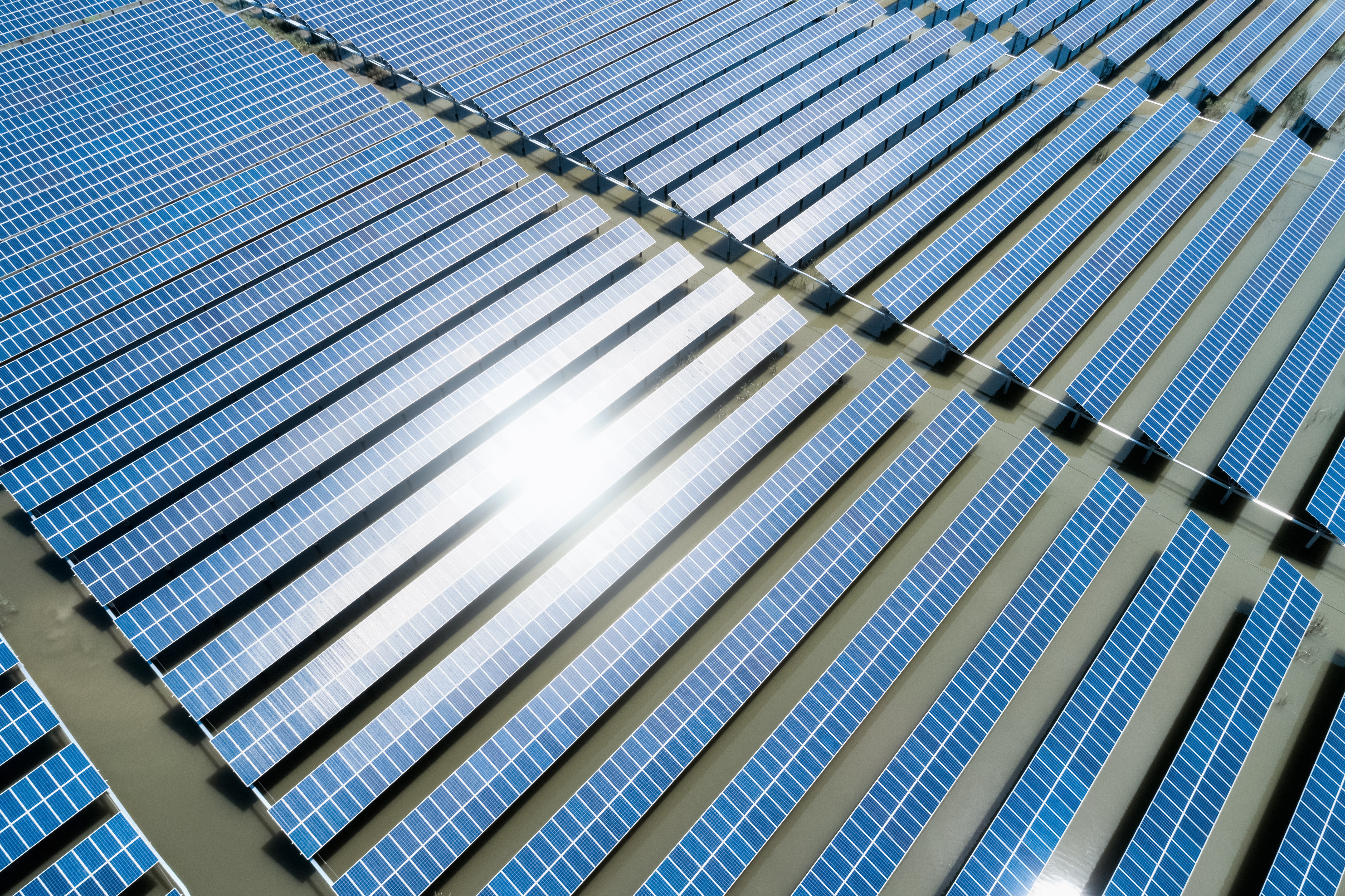
Glass coated with antireflective films is used as the outer protective layer of solar panels used in a photovoltaic system. Structural damage to the antireflective coating on the glass will lead to the loss of optical transmission and solar energy efficiency.
Why it Happens?
Solar power plants are commissioned in a sunny and dusty environment. The wind carries coarse dust particles (0.12 to 0.50 mm) which can impact the antireflective coating on the glass. The kinetic energy of these dust particles is converted into plastic deformation and fracture of the coating and glass. As a result, the diffusion of light will be increased rather than its transmission into the photovoltaic cells.
The glass was coated with a protective multilayered coating (Table 1A).
Table 1. Composition and thickness of the deposited layers (A). Test parameters used in a Ducom UniTest Scratch (B).

Ducom UniTest Scratch was used in this study (see Figure 1). The coating was scratched using a diamond indenter of 0.20 mm in diameter. Scratch test parameters are as listed in Table 2B.
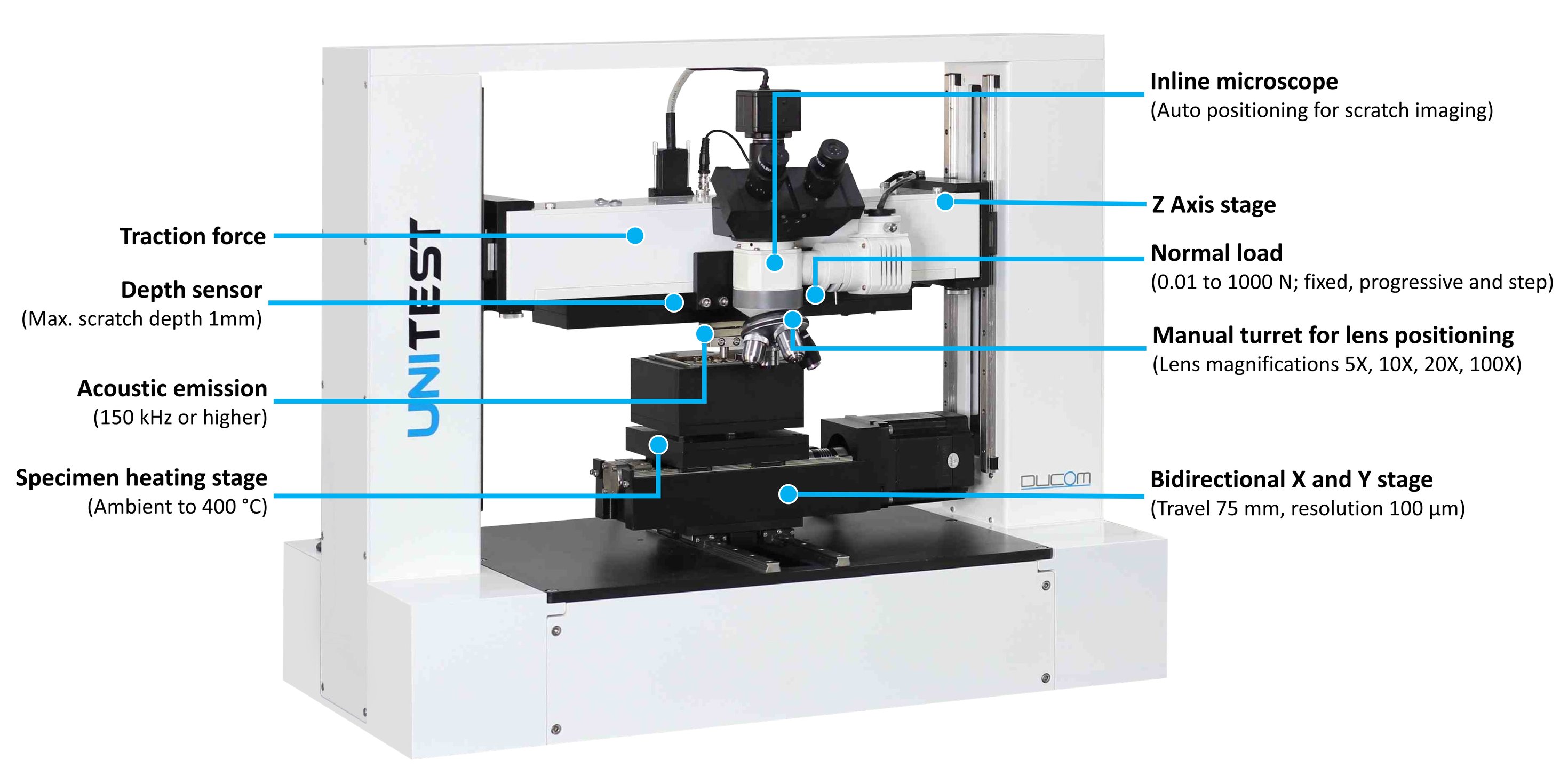 Figure 1. Ducom UniTest Scratch.
Figure 1. Ducom UniTest Scratch.
Multiple scratches on the glass samples are as illustrated in Figure 2. 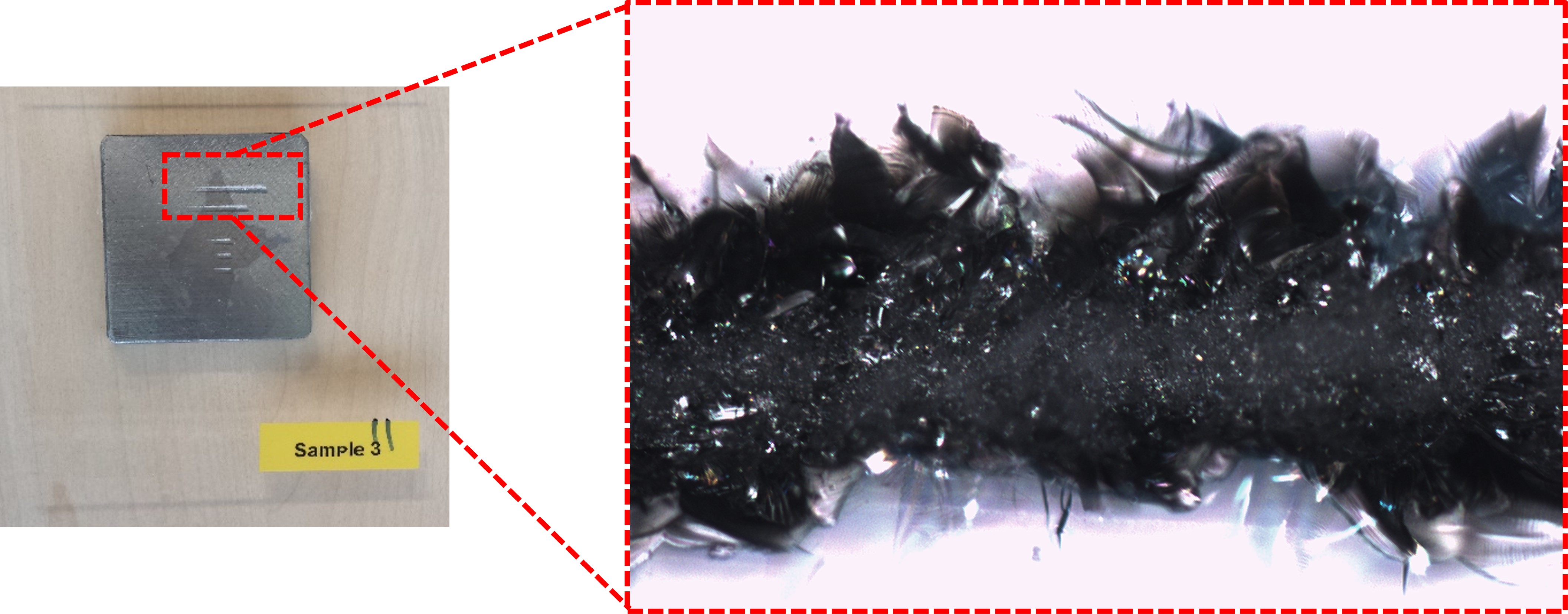 Figure 2. Scratches on antireflective coating on a glass sample.
Figure 2. Scratches on antireflective coating on a glass sample.
Friction profile showed a failure of the coating at a normal force (or adhesion force) of 50 N (Figure 3).
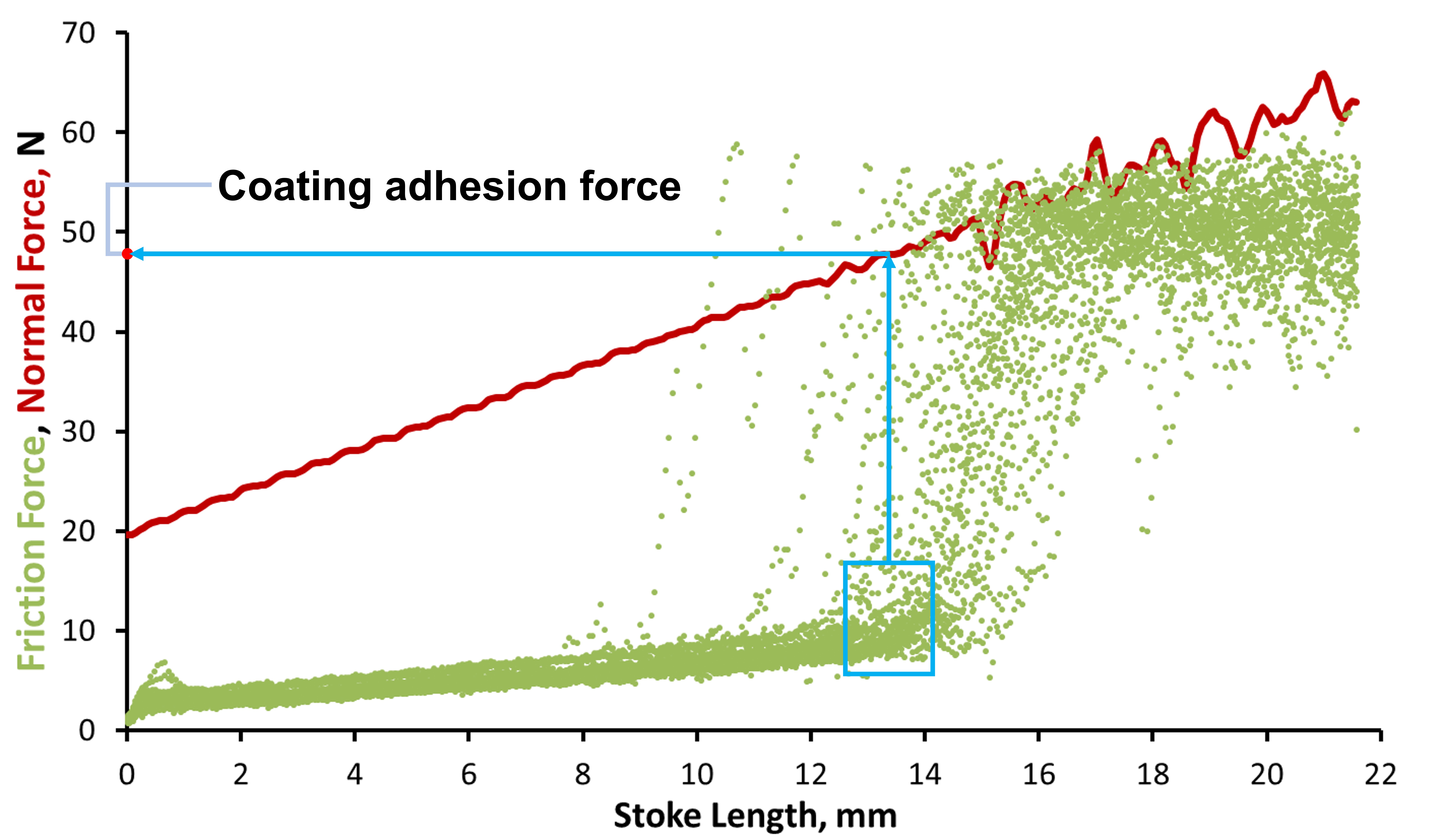 Figure 3. Real time changes in friction force over a stroke length during a ramp load test. It has 30 test results from 15 glass samples with same coatings.
Figure 3. Real time changes in friction force over a stroke length during a ramp load test. It has 30 test results from 15 glass samples with same coatings.
The accuracy of determining such a failure was at 2% (Figure 4). Overall, a method to accurately test the failure of antireflective coating used in solar power plants is demonstrated.
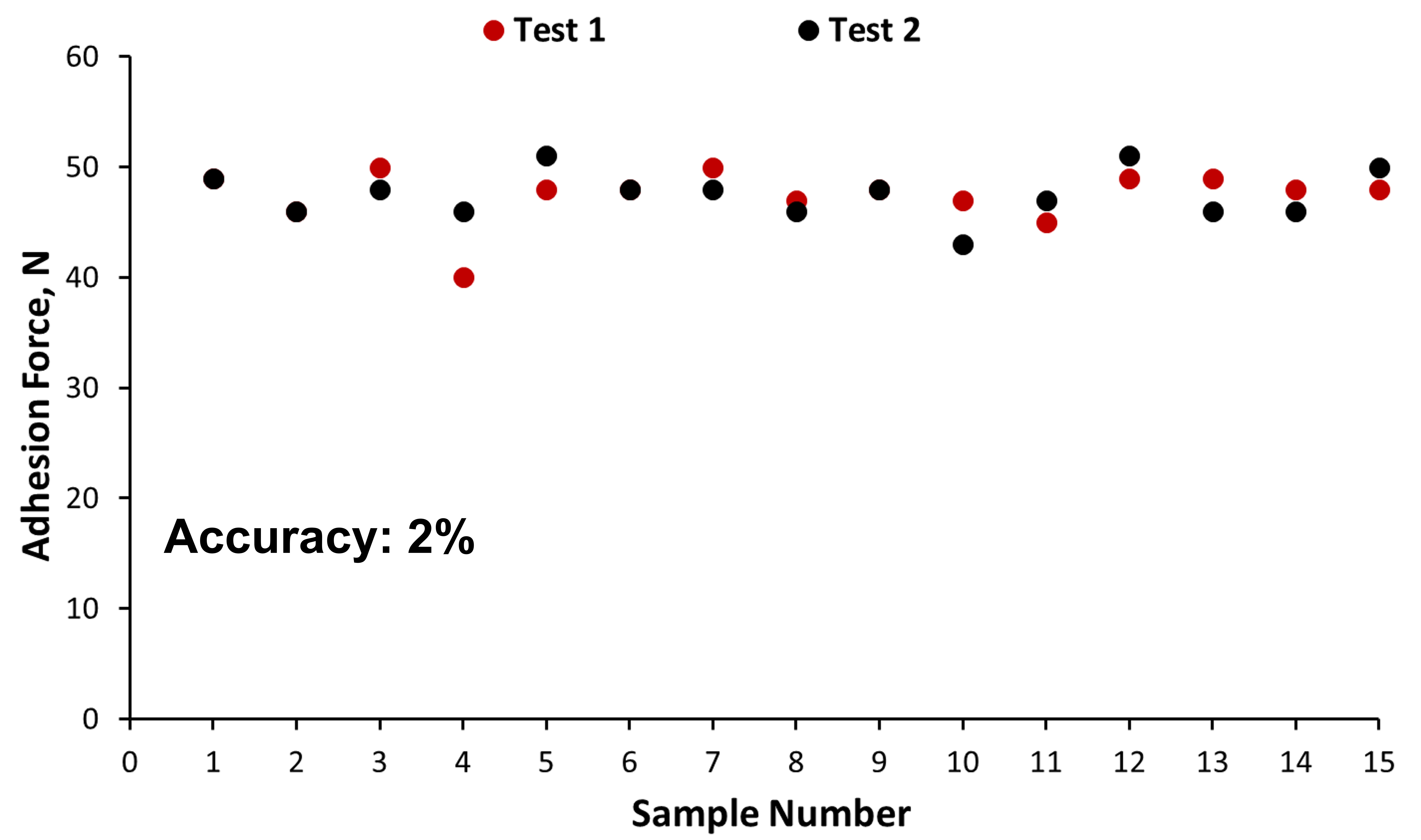 Figure 4. Measured adhesion force (or load at failure) for 30 test samples.
Figure 4. Measured adhesion force (or load at failure) for 30 test samples.
These Stories on friction
USA: +1 (847) 737-1590
India: +91 (80) 4080-5555
Netherlands: +31 (85) 065 74 10